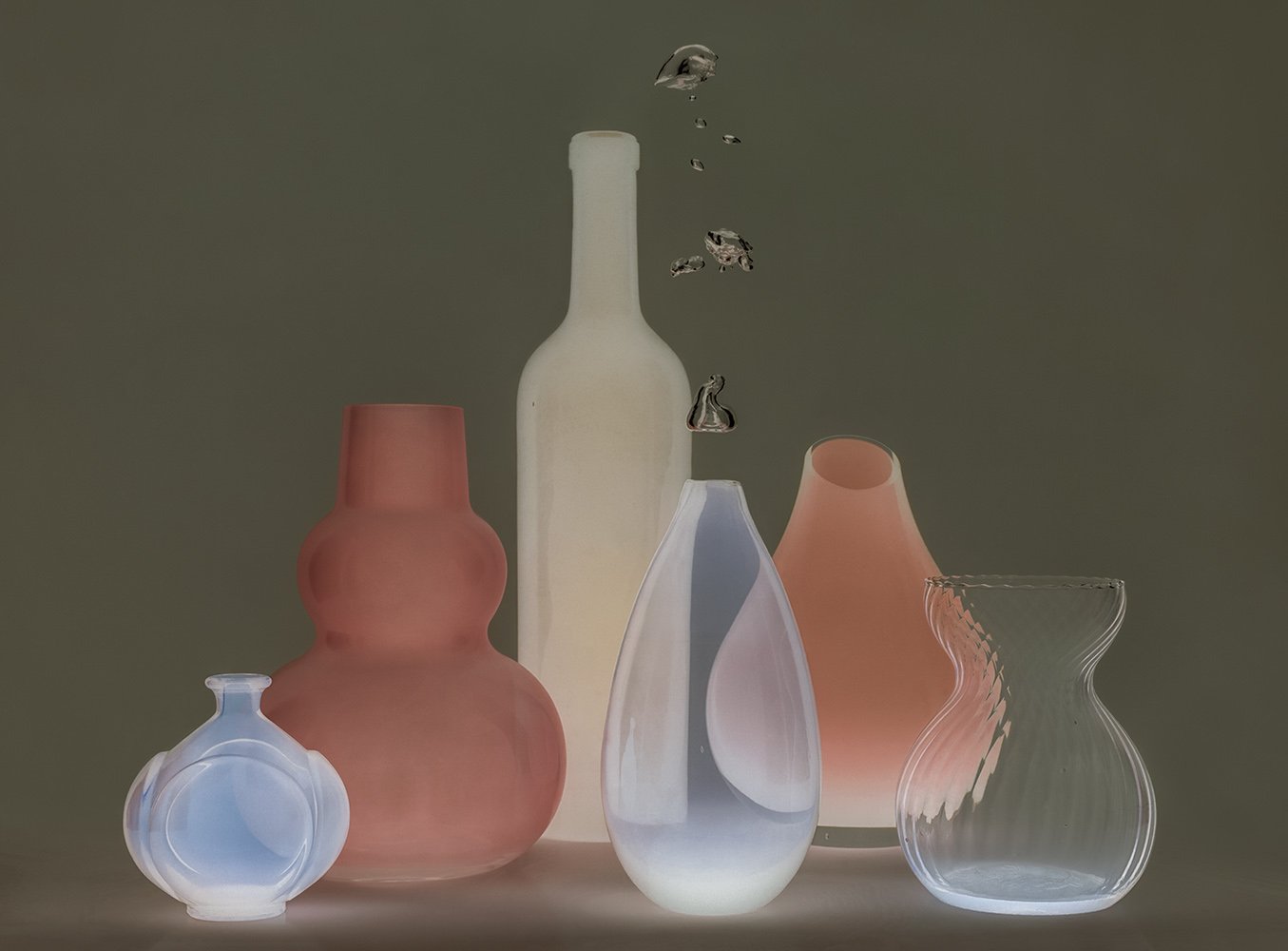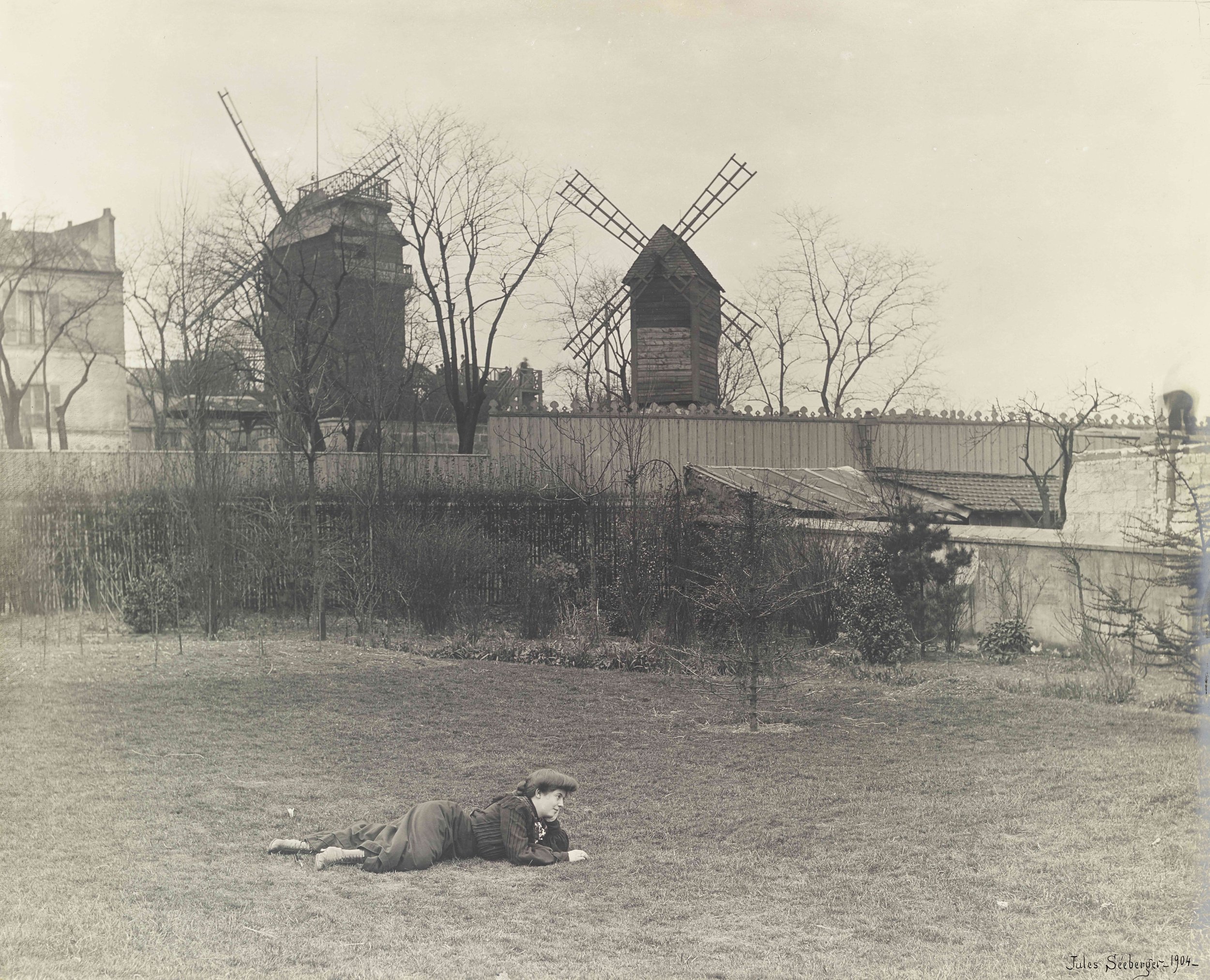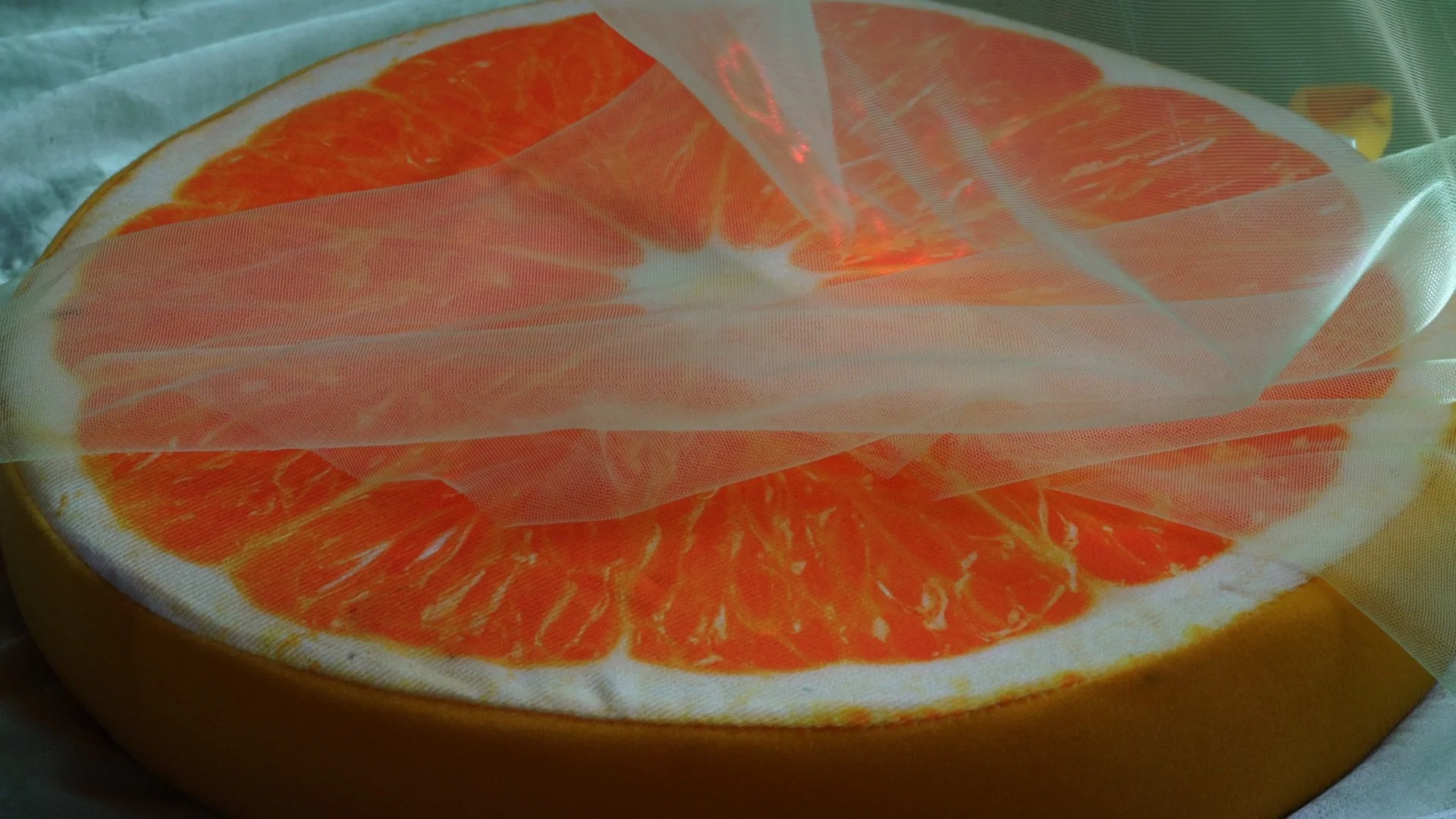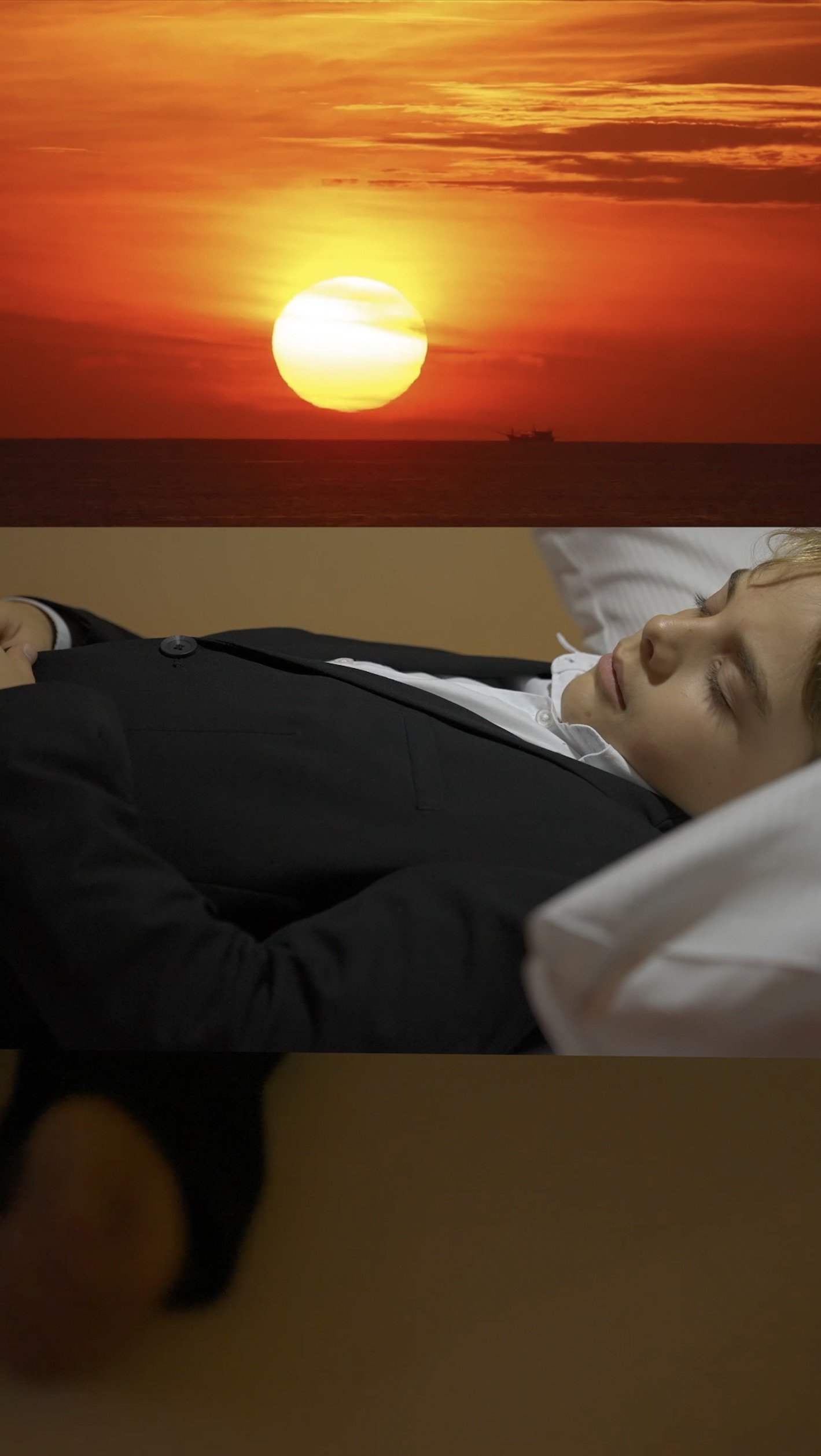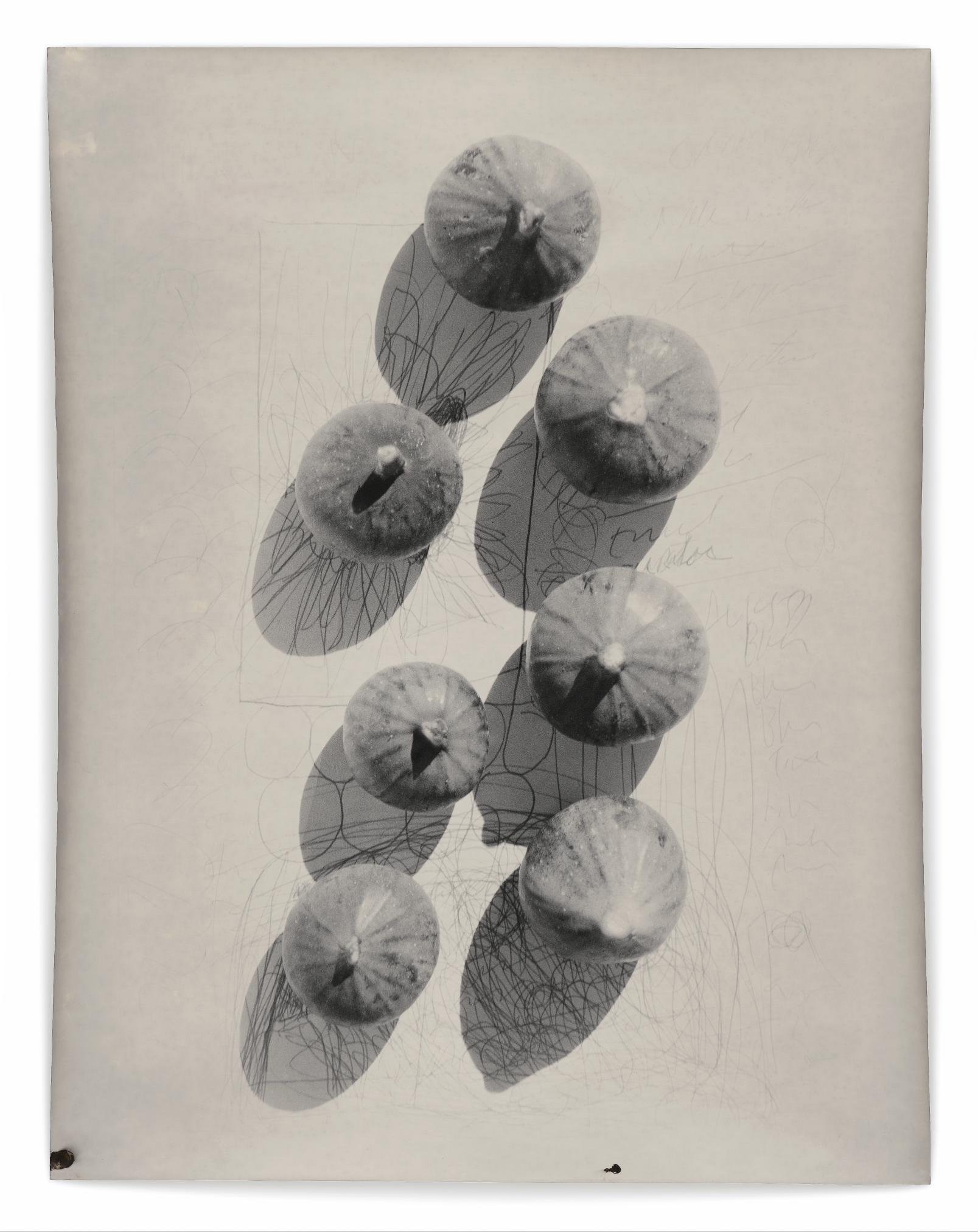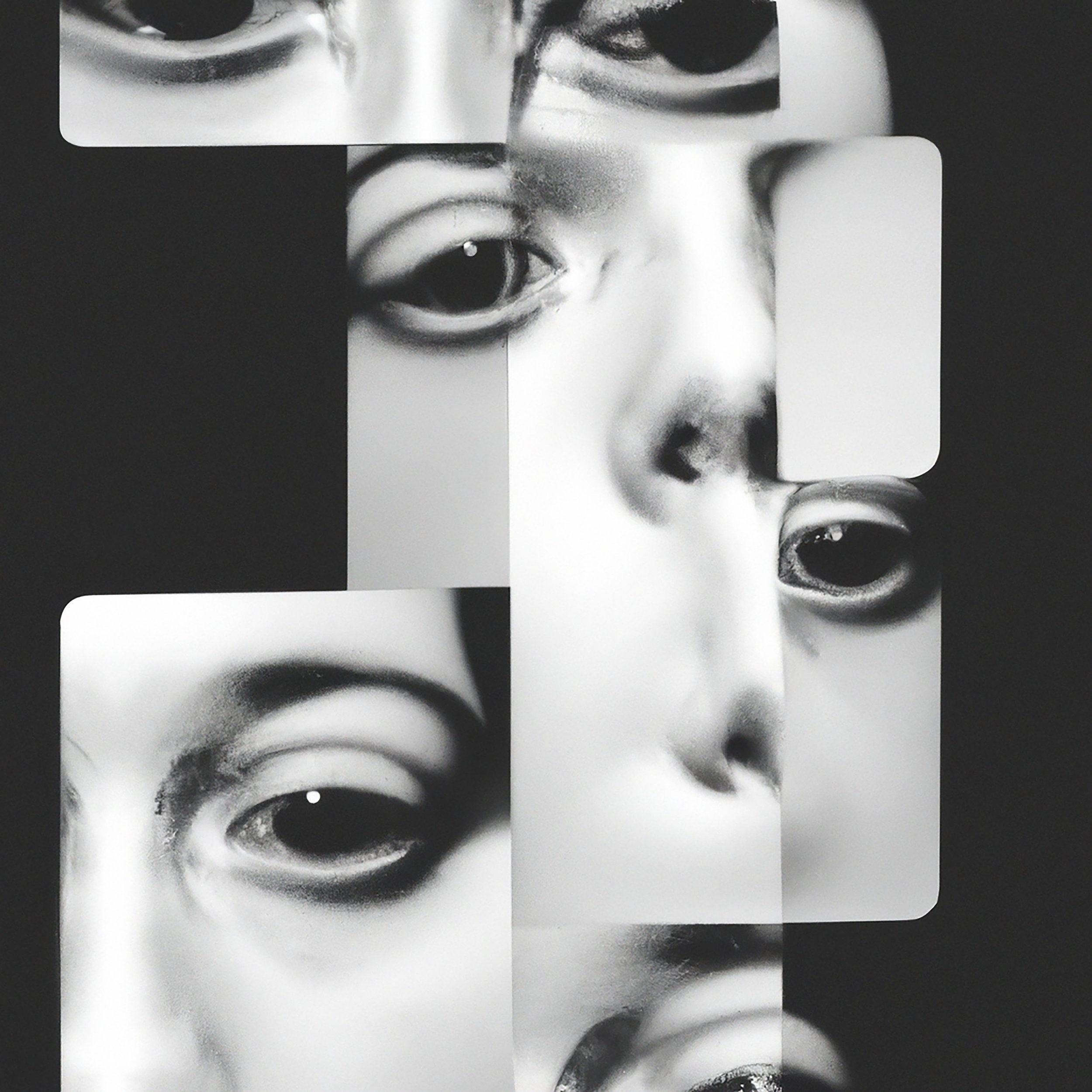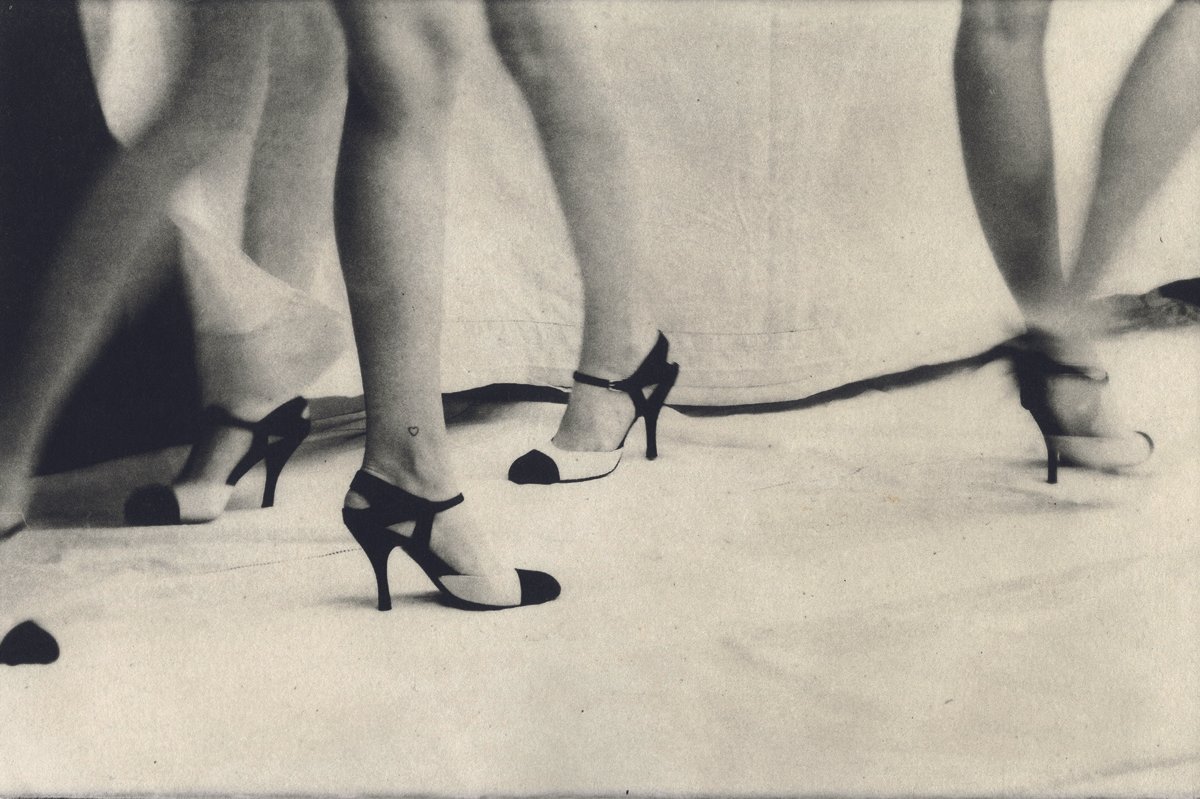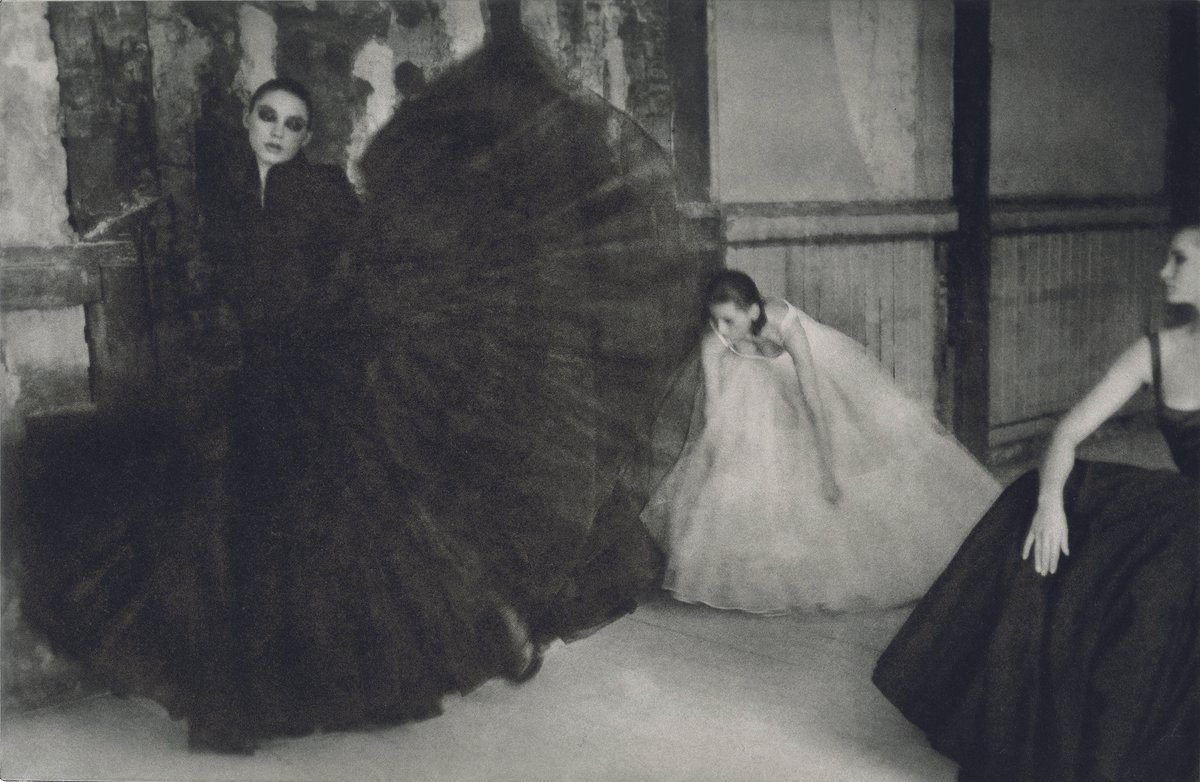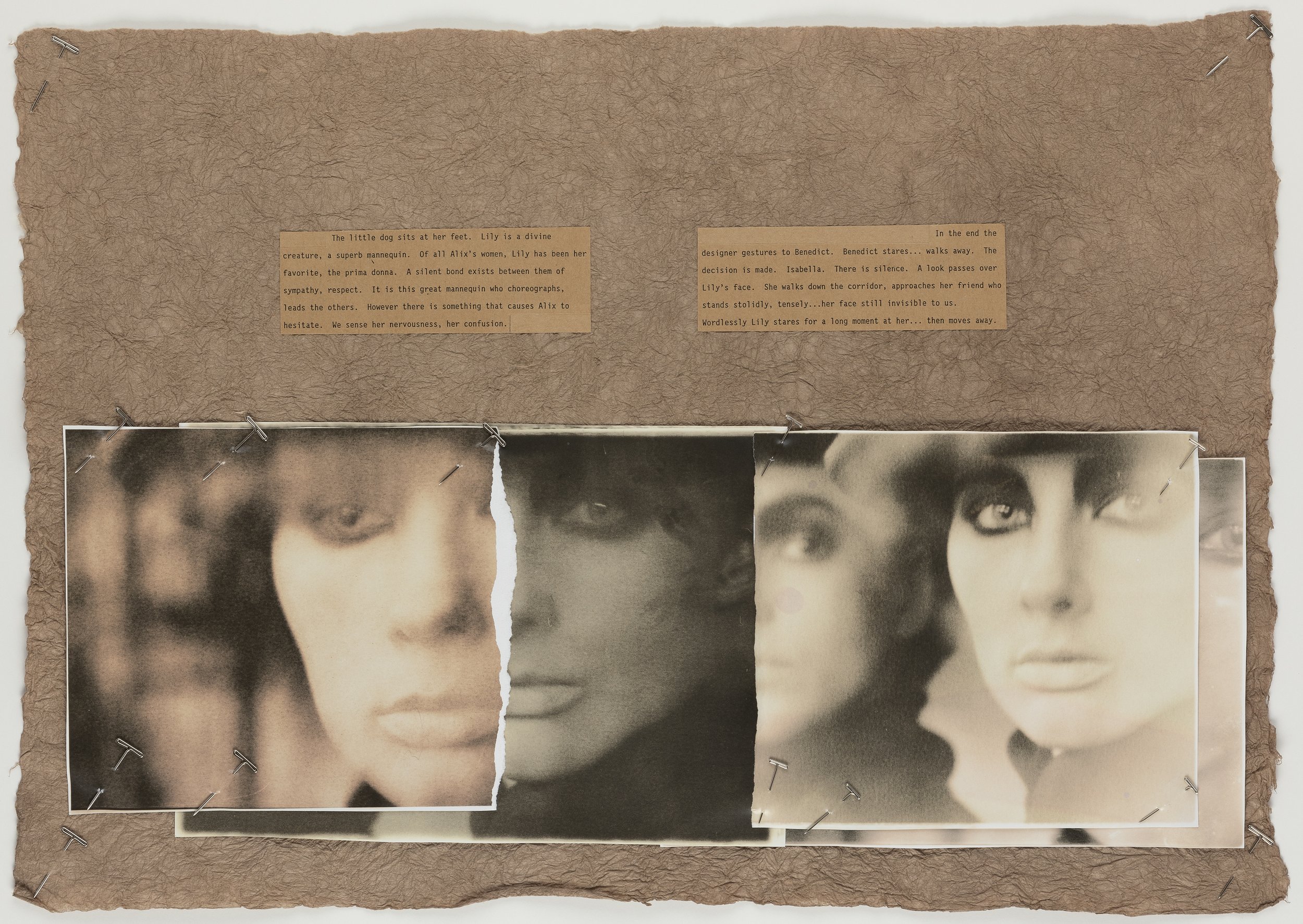
Augusta Curiel – Yere Mi Sten | Foam | Amsterdam
Foam | Amsterdam
23. Mai – 6. November 2025
Augusta Curiel – Yere Mi Sten
Ankunft des Dampfschiffs HM Hertog Hendrik auf dem Suriname-Fluss bei Paramaribo am 6. Februar 1928 Königliche Sammlungen Den Haagc
Foam präsentiert die erste Retrospektive in den Niederlanden, die dem Werk von Augusta Curiel (Suriname, 1873–1937) gewidmet ist. Zusammen mit ihrer Schwester Anna (Suriname, 1875–1958) als Assistentin betrieb Curiel ein erfolgreiches Fotostudio in Paramaribo und etablierte sich als eine der bedeutendsten Fotografinnen Surinames. Die Ausstellung bietet einen umfassenden Überblick über Curiels Werk und zeigt über 100 Bilder, die einen reichen Einblick in die surinamische Gesellschaft zu Beginn des 20. Jahrhunderts geben. Augusta Curiel – Yere Mi Sten (übersetzt aus dem Sranan Tongo: „Hört meine Stimme“) beleuchtet die facettenreiche Arbeit und die besondere Rolle von Anna und Augusta Curiel in der surinamischen Gesellschaft während der niederländischen Kolonialzeit. Die Ausstellung findet zeitgleich mit den Feierlichkeiten zum 50. Jahrestag der Unabhängigkeit Surinames statt.
Mit einer großen Plattenkamera auf einem Holzstativ hat Augusta Curiel zwischen 1904 und 1937 wahrscheinlich Tausende von Fotografien aufgenommen, sowohl in ihrem Studio in Paramaribo als auch vor Ort, wobei sie von ihrer Schwester Anna unterstützt wurde. Sie erhielt häufig Aufträge, das tägliche Leben in Suriname zu dokumentieren, von offiziellen Veranstaltungen bis hin zu religiösen Missionen, und reiste durch das ganze Land, um Plantagen und Expeditionen zu fotografieren. Curiels Arbeit wird für ihre technische Kompetenz und ihr ausgeprägtes Gespür für Komposition geschätzt. Ihre Fotografien wurden in Zeitungen, Zeitschriften, auf Postkarten, in Souveniralben und Familiensammlungen in Suriname, der Karibik, anderen ehemaligen niederländischen Kolonien und den Niederlanden weit verbreitet. Ihr Erfolg wurde 1929 offiziell anerkannt, als Königin Wilhelmina der Niederlande ihr den prestigeträchtigen Titel einer Hoflieferantin verlieh. Damit war sie die erste surinamische Fotografin, der diese Ehre zuteilwurde.
Von den Tausenden von Fotografien, die Augusta und Anna Curiel aufgenommen haben, sind etwa 1.200 erhalten geblieben. Diese Bilder – die meisten davon im Auftrag und für den Souvenirmarkt entstanden – trugen dazu bei, das Bild von Suriname als prosperierende Kolonie zu prägen, zeigen aber auch Spuren dessen, was typischerweise nicht im Bild zu sehen war. Obwohl sie ein positives Bild vermitteln sollten, zeigen die Fotografien auch ein Land voller Gegensätze, geprägt von Kolonialherrschaft, Rassenhierarchien und tiefen wirtschaftlichen Ungleichheiten. Trotz ihrer bedeutenden Beiträge bleibt Augusta Curiel eine rätselhafte und oft übersehene Figur in der Geschichte der Fotografie. Die Ausstellung „Yere Mi Sten“ zeigt, wie sie die Geschichte Surinames für ein nationales und internationales Publikum visualisiert hat – ein außergewöhnliches Vermächtnis.
Orangen 1920 1937 Sammlung Nationalmuseum der Weltkulturen Stiftung
Foam présente la première exposition rétrospective aux Pays-Bas consacrée à l'œuvre d'Augusta Curiel (Suriname, 1873-1937). Avec l'aide de sa sœur Anna (Suriname, 1875-1958), Augusta Curiel a dirigé un studio de photographie prospère à Paramaribo, s'imposant comme l'une des photographes les plus en vue du Suriname. L'exposition offre un aperçu complet de l'œuvre de Curiel, avec plus de 100 images qui donnent un aperçu riche de la société surinamaise au début du XXe siècle. Augusta Curiel - Yere Mi Sten (traduit du sranan tongo par « Écoutez ma voix ») met en lumière la pratique multiforme et le rôle distinctif d'Anna et Augusta Curiel dans la société surinamaise pendant la période coloniale néerlandaise. L'exposition coïncide avec la célébration du 50e anniversaire de l'indépendance du Suriname.
À l'aide d'un grand appareil photo à plaque monté sur un trépied en bois, Augusta Curiel a probablement pris des milliers de photographies entre 1904 et 1937, tant dans son studio de Paramaribo que sur le terrain, avec l'aide de sa sœur Anna. Elle recevait fréquemment des commandes pour documenter la vie quotidienne au Suriname, des événements officiels aux missions religieuses, voyageant à travers le pays pour photographier des plantations et des expéditions. Le travail de Curiel est célébré pour son expertise technique et son sens aigu de la composition. Ses photographies ont été largement diffusées dans les journaux, les magazines, les cartes postales, les albums souvenirs et les collections familiales au Suriname, dans les Caraïbes, dans d'autres anciennes colonies néerlandaises et aux Pays-Bas. Son succès a été officiellement reconnu en 1929 lorsque la reine Wilhelmina des Pays-Bas lui a décerné le prestigieux titre de fournisseur de la cour royale, faisant d'elle la première photographe surinamaise à recevoir cet honneur.
Sur les milliers de photographies prises par Augusta et Anna Curiel, environ 1 200 ont été conservées. Ces images, pour la plupart réalisées sur commande et destinées au marché du souvenir, ont contribué à façonner l'image d'une colonie prospère, mais elles portent également les traces de ce qui était généralement laissé hors du cadre. Bien qu'elles aient été destinées à donner une image positive, ces photographies montrent également un pays marqué par de forts contrastes, façonné par la domination coloniale, les hiérarchies raciales et de profondes inégalités économiques. Malgré ses contributions significatives, Augusta Curiel reste une figure énigmatique et souvent négligée de l'histoire de la photographie. L'exposition Yere Mi Sten met en lumière la manière dont elle a visualisé l'histoire du Suriname pour un public national et international, laissant ainsi un héritage extraordinaire.
Anna und Augusta Curiel in Aktion bei der Landung des Wasserflugzeugs Dornier DO-X auf dem Surinam-Fluss, 18. August 1931. Sammlung National Museum of World Cultures Foundation.
Foam presenta la prima mostra retrospettiva nei Paesi Bassi dedicata all'opera di Augusta Curiel (Suriname, 1873-1937). Con l'aiuto della sorella Anna (Suriname, 1875-1958), Curiel gestiva un rinomato studio fotografico a Paramaribo, affermandosi come una delle fotografe più importanti del Suriname. La mostra offre una panoramica completa dell'opera di Curiel, con oltre cento immagini che offrono uno sguardo approfondito sulla società surinamese all'inizio del XX secolo. Augusta Curiel - Yere Mi Sten (tradotto dallo sranan tongo come “Ascolta la mia voce”) mette in luce la pratica multiforme e il ruolo distintivo di Anna e Augusta Curiel nella società surinamese durante il periodo coloniale olandese. La mostra coincide con la celebrazione del 50° anniversario dell'indipendenza del Suriname.
Utilizzando una grande macchina fotografica su un treppiede di legno, Augusta Curiel ha scattato probabilmente migliaia di fotografie tra il 1904 e il 1937, sia nel suo studio di Paramaribo che in esterni, con l'aiuto della sorella Anna. Riceveva spesso incarichi per documentare la vita quotidiana in Suriname, dagli eventi ufficiali alle missioni religiose, viaggiando in tutto il paese per fotografare piantagioni e spedizioni. Il lavoro di Curiel è celebre per la sua competenza tecnica e il forte senso della composizione. Le sue fotografie furono ampiamente diffuse su giornali, riviste, cartoline, album di souvenir e collezioni familiari in Suriname, nei Caraibi, in altre ex colonie olandesi e nei Paesi Bassi. Il suo successo fu ufficialmente riconosciuto nel 1929, quando la regina Guglielmina dei Paesi Bassi le conferì il prestigioso titolo di Fornitrice della Corona, rendendola la prima fotografa surinamese a ricevere questo onore.
Delle migliaia di fotografie scattate da Augusta e Anna Curiel, ne sono state conservate circa 1.200. Queste immagini, per lo più realizzate su commissione e per il mercato dei souvenir, hanno contribuito a plasmare la percezione del Suriname come colonia prospera, ma recano anche tracce di ciò che veniva tipicamente lasciato fuori dall'inquadratura. Sebbene volessero rappresentare un'immagine positiva, le fotografie mostrano anche un paese dai forti contrasti, plasmato dal dominio coloniale, dalle gerarchie razziali e dalle profonde disuguaglianze economiche. Nonostante il suo importante contributo, Augusta Curiel rimane una figura enigmatica e spesso trascurata nella storia della fotografia. La mostra Yere Mi Sten mette in luce il modo in cui ha visualizzato la storia del Suriname per un pubblico nazionale e internazionale: un'eredità straordinaria.
Grossmutter auf einem Fahrrad, Paramaribo, 1904-1937. Privatsammlung Niederlande.
Foam presents the first retrospective exhibition in the Netherlands dedicated to the work of Augusta Curiel (Suriname, 1873-1937). With her sister Anna (Suriname, 1875–1958) as her assistant, Curiel ran a successful photography studio in Paramaribo, establishing herself as one of Suriname’s most prominent photographers. The exhibition offers a comprehensive overview of Curiel’s work, featuring over one hundred images that offer a rich glimpse into Surinamese society in the early twentieth century. Augusta Curiel - Yere Mi Sten (translated from Sranan Tongo as Hear My Voice) highlights the multifaceted practice and distinctive role of Anna and Augusta Curiel in Surinamese society during the Dutch colonial period. The exhibition coincides with the celebration of the 50th anniversary of Suriname’s independence.
Using a large plate camera on a wooden tripod, Augusta Curiel took thousands of photographs between 1904 and 1937, both in her Paramaribo studio and on location, with the assistance of her sister Anna. She frequently received commissions to document daily life in Suriname, from official events to religious missions, traveling across the country to photograph plantations and expeditions. Curiel's work is celebrated for her technical expertise and intense sense of composition. Her photographs were widely distributed in newspapers, magazines, postcards, souvenir albums and family collections in Suriname, the Caribbean, other former Dutch colonies, and the Netherlands. Her success was formally recognised in 1929 when Queen Wilhelmina of the Netherlands granted her the prestigious title of Purveyor to the Royal Supplier, making her the first Surinamese photographer to receive this honour.
Of the thousands of photographs taken by Augusta and Anna Curiel, approximately 1,200 have been preserved. These images—mostly made on commission and for the souvenir market—helped shape the perception of Suriname as a prosperous colony but also bear traces of what was typically left out of the frame. While they were intended to depict a positive image, the photographs also show a country of stark contrasts, shaped by colonial rule, racial hierarchies and deep economic inequalities. Despite her significant contributions, Augusta Curiel remains an enigmatic and often overlooked figure in the history of photography. The exhibition Yere Mi Sten highlights how she has visualized the history of Suriname for a national and international audience—an extraordinary legacy.
(Text: Foam, Amsterdam)









